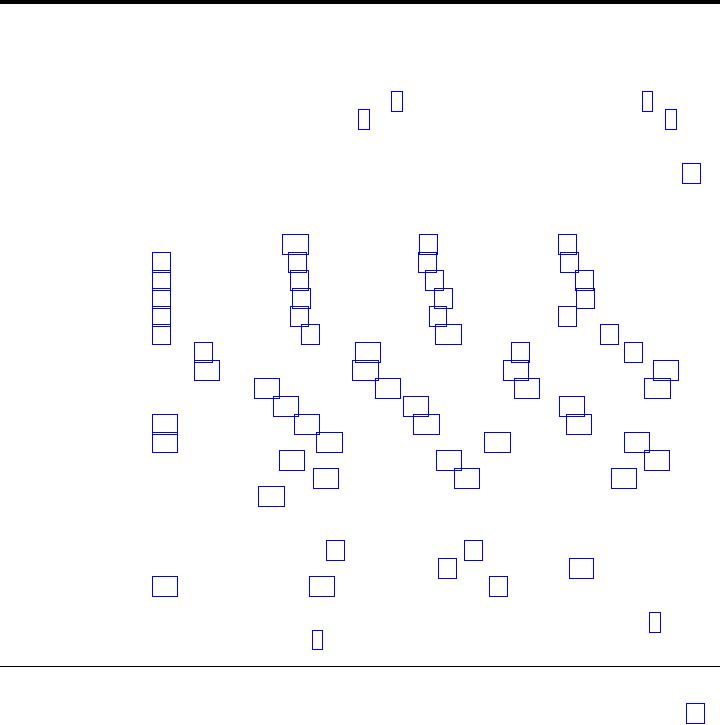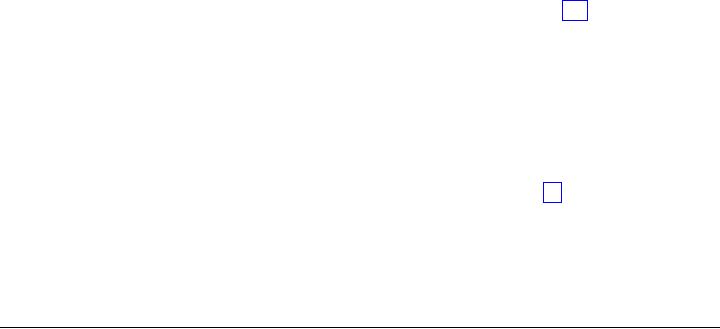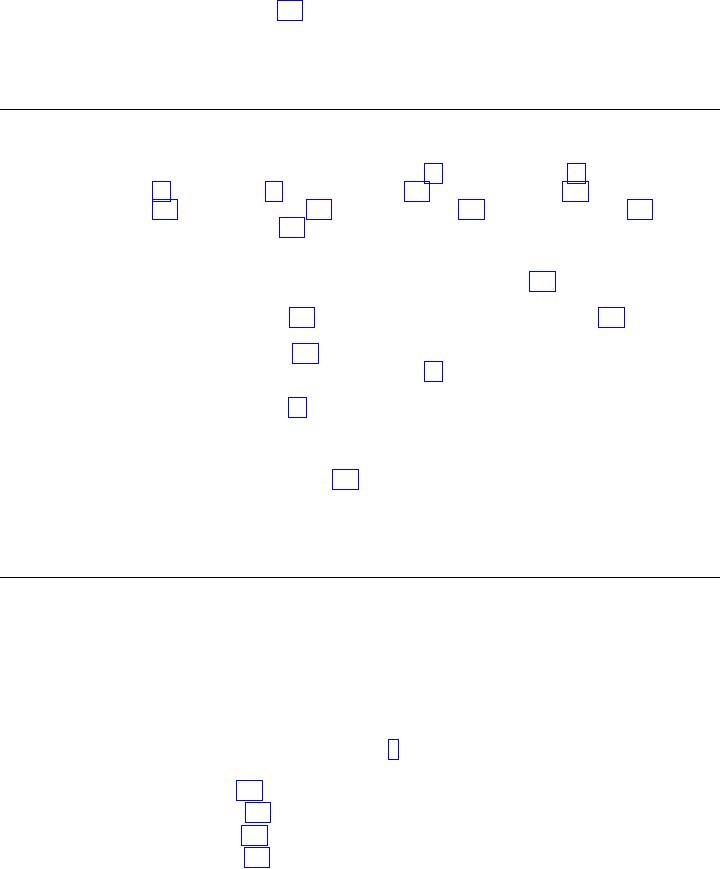 |
C++ Library Overview:Using C++ Library Headers, Iostreams Conventions |
| << C++ Library |
| Characters:Escape Sequences, Multibyte Characters, Wide-Character Encoding >> |

Chapter
2. C++ Library
Overview
All C++
library entities are
declared or defined in one or
more standard
headers.
To
make use of a library entity
in a program, write an include
directive (page 50)
that
names the relevant standard
header. The Standard C++
library consists of 53
required
headers. These 53 C++
library headers (along
with the additional
Standard
C headers constitute a hosted
implementation of the
C++ library:
<vector>
(page 403).
A
freestanding
implementation of the
C++ library provides only a
subset of these
The
C++ library headers have two
broader subdivisions, iostreams
(page 7)
headers
and STL (page 1)
headers.
Using
C++ Library
Headers
You
include the contents of a
standard header by naming it in an
include
(page 50)
directive,
as in:
#include
<iostream>
/*
include I/O facilities */
You
can include the standard
headers in any order, a
standard header more
than
once,
or two or more standard headers
that define the same
macro or the same
type.
Do not include a standard
header within a declaration. Do
not define macros
that
have the same names as
keywords before you include a
standard header.
A
C++ library header includes
any other C++ library
headers it needs to
define
needed
types. (Always include
explicitly any C++ library
headers needed in a
translation
unit, however, lest you
guess wrong about its actual
dependencies.) A
Standard
C header never includes
another standard header. A
standard header
declares
or defines only the entities
described for it in this
document.
5

Every
function in the library is
declared in a standard header.
Unlike in Standard
C,
the standard header never
provides a masking macro, with
the same name as
the
function, that masks the
function declaration and achieves
the same effect.
All
names other than operator
delete and
operator
new in
the C++ library
headers
are defined in the std
namespace,
or in a namespace nested within
the std
namespace.
Including a C++ library
header does not
introduce
any library names
into
the current namespace. You
refer to the name cin
(page 104),
for example, as
std::cin.
Alternatively, you can write
the declaration:
using
namespace std;
which
promotes all library names
into the current namespace.
If you write this
declaration
immediately after all
include
directives,
you can otherwise
ignore
namespace
considerations in the remainder of
the translation unit. Note
that macro
names
are not subject to the
rules for nesting
namespaces.
Note
that the C Standard headers
behave mostly as if they
include no namespace
declarations.
If you include, for example,
<cstdlib> (page 73),
you should call
std::abort()
to
cause abnormal termination,
but if you include <stdlib.h>,
you
should
call abort(). (The
C++ Standard is intentionally
vague on this topic, so
you
should
stick with just the usages
described here for maximum
portability.)
Unless
specifically indicated otherwise, you
may not define names in
the std
namespace,
or in a namespace nested within
the std
namespace.
C++
Library Conventions
The
C++ library obeys much
the same conventions as the
Standard C library,
plus
a
few more outlined
here.
An
implementation has certain
latitude in how it declares types and
functions in
the
C++ library:
v
Names of
functions in the Standard C
library may have either
extern
"C++" or
extern
"C" linkage.
Include the appropriate
Standard C header rather
than
declare
a library entity
inline.
v
A
member function name in a
library class may have
additional function
signatures
over those listed in this
document. You can be sure
that a function
call
described here behaves as
expected, but you cannot
reliably take the
address
of
a library member function.
(The type may not be what
you expect.)
v
A
library class may have
undocumented (non-virtual) base classes.
A class
documented
as derived from another class may, in
fact, be derived from
that
class
through other undocumented
classes.
v
A
type defined as a synonym for
some integer type may be
the same as one of
several
different integer
types.
v
A
bitmask
type can be
implemented as either an integer
type or an
enumeration.
In either case, you can
perform bitwise operations
(such as AND
and
OR) on values of the same
bitmask type. The elements
A
and
B
of a
bitmask
type
are nonzero values such
that A
& B is
zero.
v
A
library function that has no
exception specification can throw an
arbitrary
exception,
unless its definition
clearly restricts such a
possibility.
On
the other hand, there
are some restrictions you
can count on:
v
The
Standard C library uses no
masking macros. Only
specific function
signatures
are reserved, not the
names of the functions
themselves.
6
Standard
C++ Library

v
A
library function name
outside a class will not
have
additional, undocumented,
function
signatures. You can reliably
take its address.
v
Base
classes and member functions described as
virtual are assuredly
virtual,
while
those described as non-virtual
are assuredly
non-virtual.
v
Two
types defined by the C++
library are always different
unless this document
explicitly
suggests otherwise.
v
Functions
supplied by the library,
including the default
versions of replaceable
functions
(page 164),
can throw at
most those
exceptions listed in any
exception
specification.
No destructors supplied by the
library throw exceptions.
Functions
in
the Standard C library may
propagate an exception, as when qsort
calls a
comparison
function that throws an
exception, but they do not
otherwise throw
exceptions.
Iostreams
Conventions
The
iostreams
headers
support conversions between
text and encoded forms,
and
<strstream>
(page 217).
The
simplest use of iostreams
requires only that you
include the header
<iostream>. You
can then extract values from
cin (page 104),
to read the
standard
input.
The rules for doing so are
outlined in the description of
the class
standard
output. The rules for doing
so are outlined in the
description of the class
basic_ostream
(page 169).
Format control common to
both extractors and
insertors
is
managed by the class basic_ios
(page 88).
Manipulating this format
information
in
the guise of extracting and
inserting objects is the
province of several
manipulators
(page 85).
You
can perform the same
iostreams operations on files
that you open by
name,
using
the classes declared in <fstream>. To
convert between iostreams and
objects
of
class basic_string (page 197),
use the classes declared in
<sstream>. And to
do
the
same with C strings, use the
classes declared in <strstream>.
The
remaining headers provide
support services, typically of
direct interest to
only
the
most advanced users of the
iostreams classes.
C++
Program Startup and
Termination
A
C++ program performs the
same operations as does a C
program at program
startup
and at program termination, plus a few
more outlined here.
Before
the target environment calls
the function main, and
after it stores any
constant
initial values you specify in
all objects that have
static duration, the
program
executes any remaining
constructors for such static
objects. The order of
execution
is not specified between
translation units, but you
can nevertheless
assume
that some iostreams (page 7)
objects are properly
initialized for use by
these
static constructors. These
control text streams:
v
cin
(page 104)
--
for standard input
v
cout
(page 104)
--
for standard output
v
cerr
(page 104)
--
for unbuffered standard error
output
v
clog
(page 104)
--
for buffered standard error
output
7
Chapter
2. C++ Library
Overview
You
can also use these
objects within the
destructors called for static
objects,
during
program termination.
As
with C, returning from main or calling
exit calls all functions
registered with
atexit
in reverse order of registry. An
exception thrown from such a
registered
function
calls terminate().
8
Standard
C++ Library
Table of Contents:
- C++ Library
- C++ Library Overview:Using C++ Library Headers, Iostreams Conventions
- Characters:Escape Sequences, Multibyte Characters, Wide-Character Encoding
- Expressions
- Files and Streams:Text and Binary Streams, Controlling Streams, Stream States
- Indefinite Integrals of Logarithmic Functions:Combinations of Logarithms and Polynomials, The Logarithm
- Formatted Input:Scan Formats, Scan Functions, Scan Conversion Specifiers
- Formatted Output:Print Formats, Print Functions, Print Conversion Specifiers
- STL Conventions:Iterator Conventions, Algorithm Conventions
- Containers:Cont::const_reference, difference_type, reverse_iterator
- Preprocessing
- Standard C++ Library Header Files:bitset, conj, cos, showpoint, streampos
- Standard Template Library C++:adjacent_find, copy_backward, lexicographical_compare
- Appendix. Type Traits:Helper Class, Primary Type Categories, Binary Type Traits
- Notices:References, Bug Reports